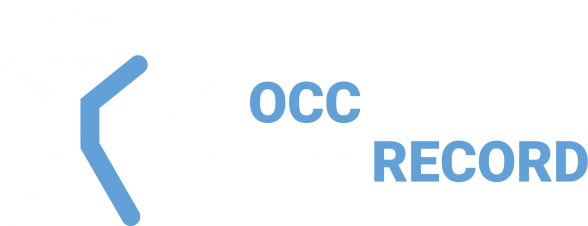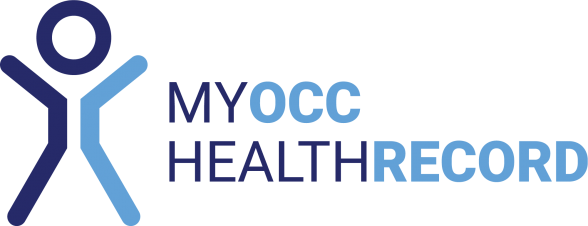
In the age of digital healthcare, health data is everywhere. It is captured through countless apps and health programs, using a range of devices and digital tools, and is stored everywhere and nowhere at the same time (i.e., in the cloud).
With the correct tools and methodology, employee health data can be used to dramatically improve employee health outcomes. A healthier, safer workforce also results in many benefits for employers.
To achieve these positive outcomes, numerous considerations need to be addressed first, like:
- The privacy and security of employee health data – consider how your organisation stores health data; and whether you are breaching your obligations under the Health Records and Information Privacy Act 2002.
- Decisions about what to measure and what to store – the purpose for collecting the health data (i.e., for health surveillance purposes or perhaps injury management); the access controls in place for accessing the data and access permissions; how the data will be used and if it aligns with the purpose for collecting the data.
With My Occ Health Record, businesses can decide what they want to achieve with their employee health data, then workflows can be engineered to ensure business goal and objectives are achieved.
What is health data?
Health data comes in many forms. It can be something as simple as your heart rate which has been monitored using a smartwatch or wearable fitness tracker; to your latest bloody pressure reading or a more comprehensive health record such as your immunisation history, blood test results, or sleep patterns.
In a workplace environment, health data is more commonly collected through workplace health assessments, pre-employment screenings, or industry-specific surveillance tests. For example, someone working on a factory floor around loud machinery will have periodic hearing tests. Alternatively, someone doing manual handling work may need regular musculoskeletal or physical assessments to ensure they can perform the duties of their role safely without causing injury.
These basic examples highlight the breadth of data that exists.
Organisations face multiple challenges as the health data collected on behalf of their employees is often created and collated using inconsistent formats and stored in various, unconnected places, and in some cases, held by external third-party providers.
Risks associated with employee health data
As one might imagine, the primary risk related to personal health data management is data security. Health data is arguably the most sensitive personal data there is, so any tool, process, or platform used to manage health data needs to meet the most stringent security standards.
We’ve recently seen how inadequate data management can have catastrophic ramifications for people’s sensitive data, while also causing potentially irreparable reputational damage to organisations.
My Occ Health Record is ISO 27001 certified, and consistently passes compliance audits against global standards for the quality of our Information Security Management Systems.
Connecting the data dots
To achieve positive outcomes from your employee health data, it is important to connect the dots. What does that mean for your organisation?
Consider that health data is obtained, stored, and organised by many different people, programs, and practitioners. Connecting the dots, in this instance, refers to connecting employees with medical practitioners, medical practitioners with your organisation, and health care pathways between you and your staff. Creating these connections not only improves continuity of care but also allows open and transparent lines of communication while providing organisations with insights they may not have had access to before.
It’s important to mention that collating health data from numerous sources and various formats is not a one-off occurrence. The process of assessing employees and collecting data is usually ongoing, so the connections discussed here are not one-off occurrences, nor one-way channels.
Instead, these “connected dots” are more of a framework that allows organisations to provide ongoing care for their employees, continually collecting data, and maintaining the relationships or pathways between those involved.
For example, at certain, pre-determined intervals, an organisation may advise its employees to undertake a routine assessment like a periodic health assessment. They will refer the employee to an appropriate practitioner who will undertake the assessment and feed the results back to the organisation.
When this is automated, and the data cycle is centrally managed, the organisation can access its employee health data instantly. This will allow them to make timely decisions and where appropriate make adjustments for individual needs. The employee health data can also be used for benchmarking future health surveillance activities to ensure that the employee’s health hasn’t adversely been impacted by the workplace environment.
How is this done?
Health data needs to be collected and stored centrally, preferably using a digital solution that can manage all the individual tasks (or communications) that need to take place. This may include, for example, sending notifications to employees, or receiving health assessments from practitioners.
Ultimately, you need a digital platform that acts as a single source of truth for your health data, on both an employee and organisational level. The MOHR Platform is a secure, agile, all-in-one health data management tool.
With the right systems in place, you can reap the benefits of optimal employee health data management.
Benefits and efficiencies
There are many benefits to having a firm grasp on the entire data cycle, from collection to communication. Once all employee health data is centrally stored in a consistent format, and free of gaps or duplication, significant operational improvements can be made.
Through automation, efficient processes, and ease of oversight, the time spent on managing employees’ health data is significantly reduced.
From a compliance perspective, a organisation’s adherence to health policies and legislated testing requirements is more thorough, with employees less likely to miss assessments or slip through the cracks of poorly administered health programs.
On a higher level, organisations can identify trends in large collections of data. By keeping all health data centrally, you can make connections between certain work cohorts, conditions, workplaces environments, or jobs demands – it depends on what the data suggests, or what you are looking to find.
The MOHR platform monitors health assessment results over time and identifies trends, which allows organisations to proactively implement changes to their workspaces to protect their employees.
Achieve better health outcomes using centralised data
To learn more about achieving better health outcomes for your employees, get in touch with our friendly occupational health experts.



